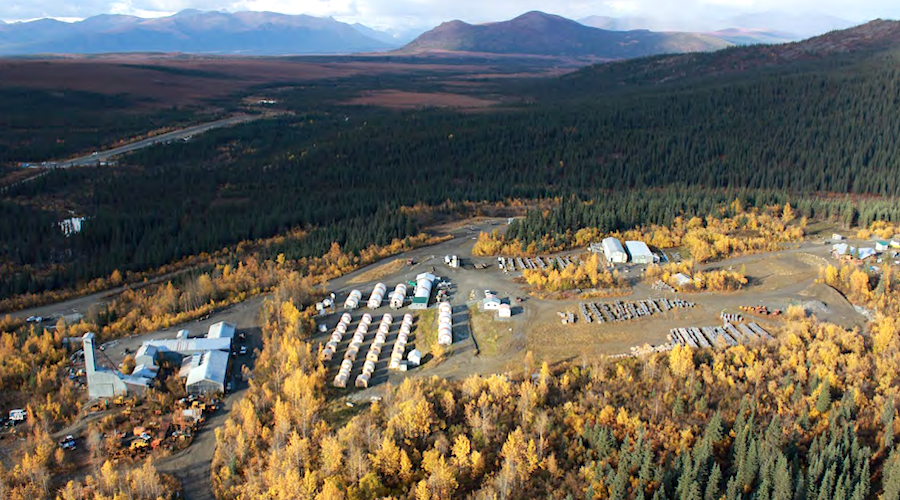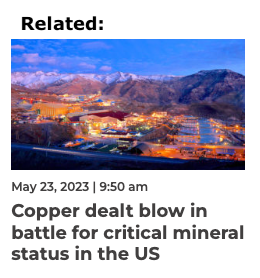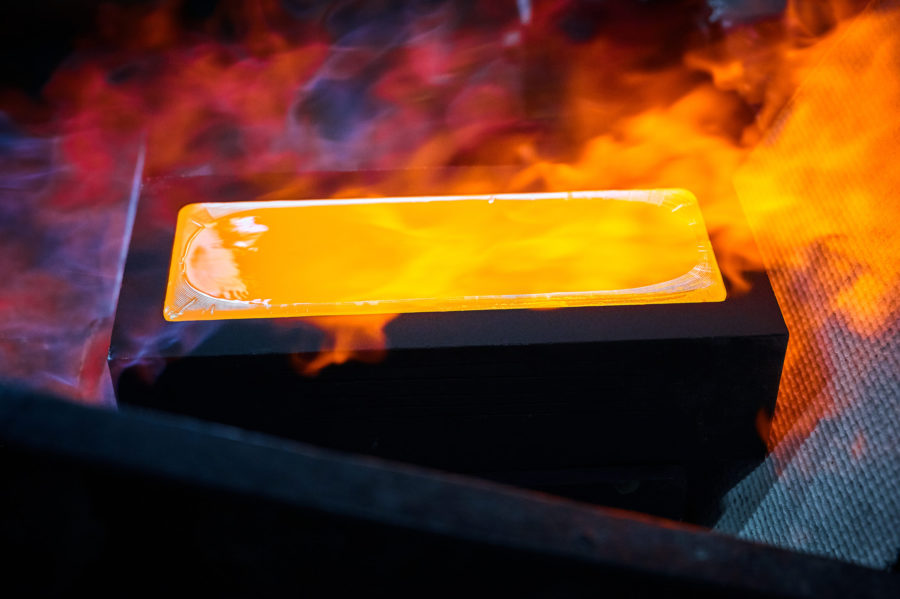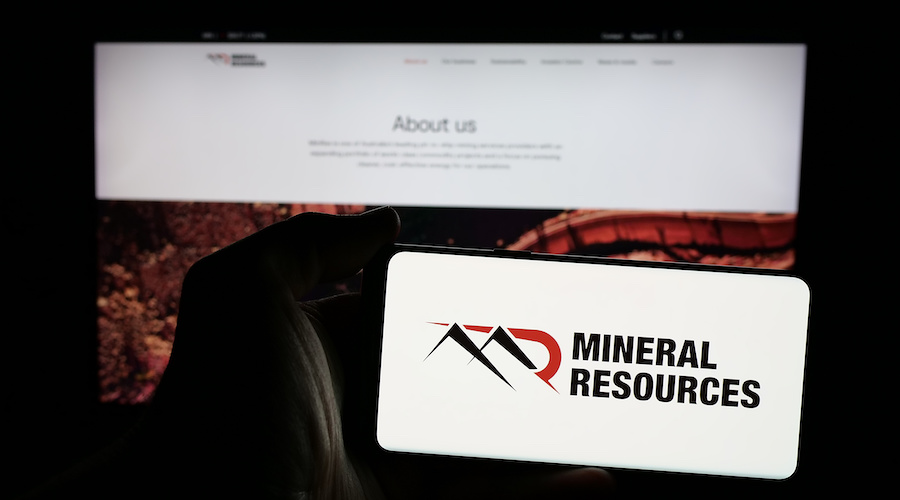Ambler road decision now expected by mid-2024

The Department of Interior (DOI) of the US has once again delayed the release of the record of decision (RoD) for the Ambler road project, which will give access to untouched deposits of copper, zinc, lead, silver and gold in north-western Alaska.
The resolution on Trilogy Metals’ (TSX, NYSE: TMQ) and South32’s (ASX, LON, JSE: S32) proposed 340-km (211-mile) road from the Upper Kobuk Mineral Projects (UKMP) to the Dalton Highway is now expected on the second quarter of 2024.
As of last week’s status report, the DOI was promising a decision by the end of the year.
The need for an industrial access road has been recognized by US lawmakers for decades, but it wasn’t until 2020 that the Bureau of Land Management (BLM) the Army Corps of Engineers, and the National Park Service issued a joint decision providing the federal authorizations needed to build it.
Last year, however, BLM suspended the permits issued under the Trump administration, citing a lack of adequate consultation with Alaska tribes and evaluation of the road potential impacts on fish and caribou habitats.

The Biden administration suspended at the time the issuing of permits for all projects that cross federal lands. The Ambler access road would cut through gates of the Arctic National Park and Preserve, crossing 11 major rivers and thousands of streams.
Ambler Metals, formed in 2019 by Trilogy Metals and South32, said the new “unnecessary” delay threatened a project that will provide much-needed jobs and economic growth for Alaskans.
“We are obviously disappointed to hear the latest status update from the DOI,” president and CEO Ramzi Fawaz said in the statement.
“It has been a year since the court granted DOI’s request for a voluntary remand of the permit, providing ample time for the department to conduct the needed supplemental work on the EIS”, Fawaz added.
The UKMP projects, consisting on Arctic and earlier-stage Bornite copper assets, have a combined resource of 8 billion pounds of copper, 3 billion pounds of zinc and 1 million ounces of gold equivalent.
The proposed mine is expected to produce more than 159 million pounds of copper, 199 million pounds of zinc, 33 million pounds of lead, 30,600 ounces of gold and 3.3 million ounces of silver over a 12-year mine life.
Based on studies conducted by the world’s largest copper miner, Chile’s Codelco, the world’s energy transition to mitigate climate change will take demand for the metal from 25 million tonnes per year now to just over 31 million tonnes in 2032.
This means the world would need to build eight projects the size of BHP’s Escondida in Chile, the world’s largest copper mine, over the next eight years.
In terms of investment, experts estimate the industry needs more than $100 billion to build mines able to close what could be an annual supply deficit of 4.7 million tonnes expected by 2030.
More News
Gold price surpasses $3,300 to new record as tariff war ramps up
April 16, 2025 | 08:07 am
{{ commodity.name }}
{{ post.title }}
{{ post.date }}





Comments
Gary Moore
It is getting sillier and siller. Everyone wants EVs but no one wants minung projects that provide EV metals. Where to they think they are going to come from? Gary